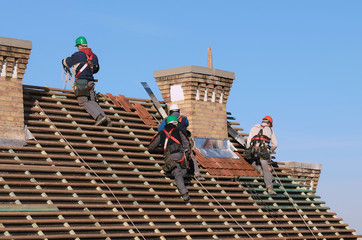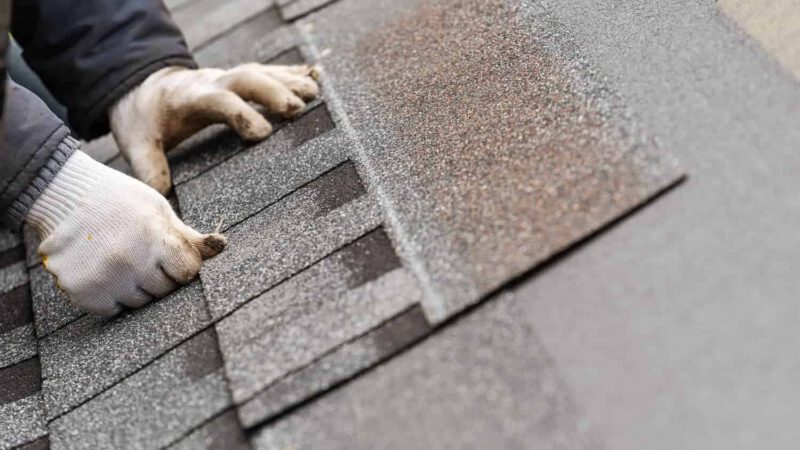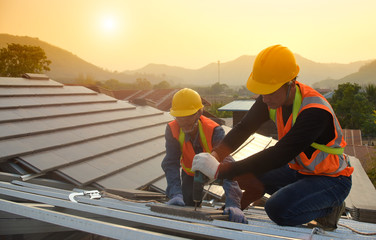Build Your Residential Solar Panels – Do it Yourself and Save Money
 When it comes to residential Solar Panels, many individuals wonder just how much power they can generate. There are three basic things that one must consider when answering this question. These include the size of the solar cell, the number of panels needed to meet the individual’s needs, and the amount of time that the individual would like to spend generating their power. It should be noted that the amount of power that an individual generates will also depend on the amount of sun that the home receives. However, one may still be able to generate more power than needed simply by using different methods such as photo-voltaic cells and concentrating solar panels (CSPs).
When it comes to residential Solar Panels, many individuals wonder just how much power they can generate. There are three basic things that one must consider when answering this question. These include the size of the solar cell, the number of panels needed to meet the individual’s needs, and the amount of time that the individual would like to spend generating their power. It should be noted that the amount of power that an individual generates will also depend on the amount of sun that the home receives. However, one may still be able to generate more power than needed simply by using different methods such as photo-voltaic cells and concentrating solar panels (CSPs).
The size of a residential solar panels system is typically expressed in megawatts (MW). This is since larger solar systems for residences usually require thousands of megawatts in order to generate enough electricity to power a residence. Each megawatt is equal to one watt. Each individual solar cell used in a residential solar panels installation in 2111 is likely to be Rated between 300 watts to 360 watts. The largest unit is a Class A3 unit that can power an average home at its peak output for approximately one hour. All residential solar panels will not be able to provide the amount of electricity that is needed to completely eliminate a person’s electric utility bill.
There are a few other considerations to keep in mind before an individual solar panels on their home. One of these is if the location that they are planning on installing solar panels on will be in an area that receives a lot of sunlight during the day. If a homeowner does not live in an area that gets a lot of sunlight during the daylight hours then they may have to go solar over the course of several years. Another consideration is if an individual wants to purchase and install their residential solar panels themselves. Doing this themselves is relatively easy, but can be expensive if mistakes are made and there is no one to check and recheck things for them.
Before an individual residential solar panels on their own they should have an understanding of the difference between a Class B panel. Class A panels are more efficient than Class B panels, but the cost of installation is more. A Class A panel can generate enough energy to completely eliminate one’s electric utility bill each month. However, a Class B panel installation will cost less Money. One way to determine whether or not a Class A or B panel installation will be more profitable is to determine how much energy one will need from their electric utility company each month. Once an individual has determined how much energy they will use from their energy company each month, they can figure out if it would be more efficient to build their own residential solar panels and buy their energy from their utility company.
There are many factors that can impact the success of a residential solar panels program. However, many people do not realize how much of an impact the weather can have on the amount of energy they generate. Many times during the day it is cold and cloudy, which can decrease the amount of sun that is generated by the solar cell. In addition, on cloudy days it can be hard to see through the clouds, so the panels are not as productive as they could be.
Many homeowners are choosing to install residential solar panels on their own because the upfront costs are more affordable for them. Some of the perks of making your own solar panels are that they can be built to meet the needs of any budget, and they only need a minimal amount of maintenance once they are in place. In order to save Money on the initial costs, it may be wise for a homeowner to consider purchasing their own solar panels and building their own warranty. A warranty is not mandatory with most solar panels; however it can help protect the consumer from any unforeseen problems that may occur with the product. In some cases a warranty can extend up to ten years, which is a significant savings in the long run.
The process of installing residential solar panels can be done by anyone, and it does not require any special tools or training. Solar cells can be purchased at most hardware stores, and the design instructions can be found online. Since the product uses the same technology that is used to create traditional electricity generators, it is fairly easy to build one’s own unit. In fact, many have built their own arrays using spare parts from their home improvement store or local hardware store. In order to build a power generator that is strong enough to actually collect and store sunlight, one must ensure that the structure is designed properly. Although most residential solar panels contain tabbed solar cells, there are many that contain the wiring that is needed to connect each individual panel to the power grid.
Building your own residential solar panels is probably one of the best decisions that a homeowner can make. In fact, many of those who have been waiting for an economic opportunity with the release of the federal government’s incentives for producing alternative energy have found their wait will be rewarded. The cost of buying these panels can be much less than that of buying one already made. Although the investment into a new panel may initially seem like an expense, it will pay off in the end by allowing the homeowner to save Money on their electric bill every month. If a homeowner can make their own panels and connect them to the power grid, they will not only be saving Money, but they will also be contributing towards world peace.




